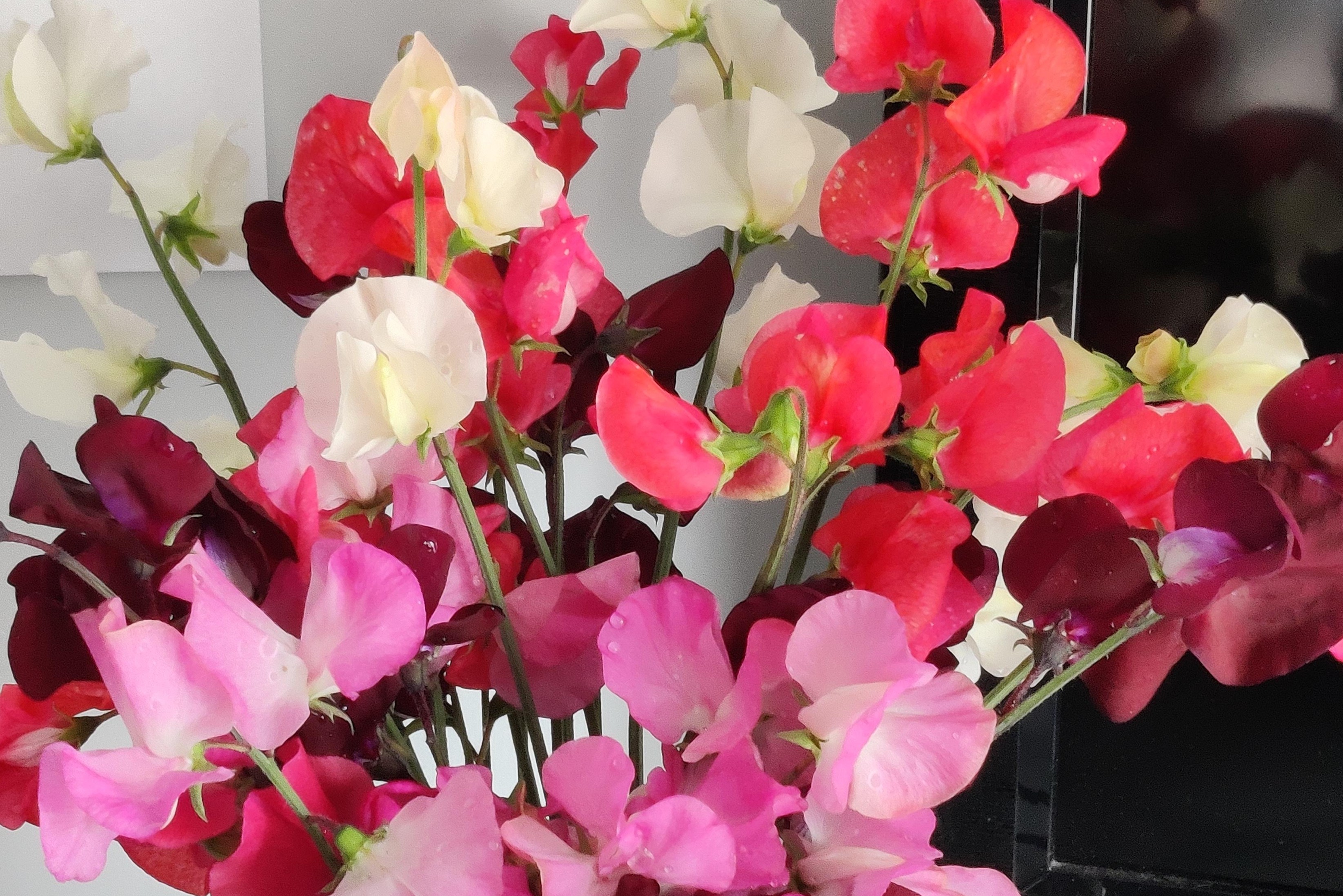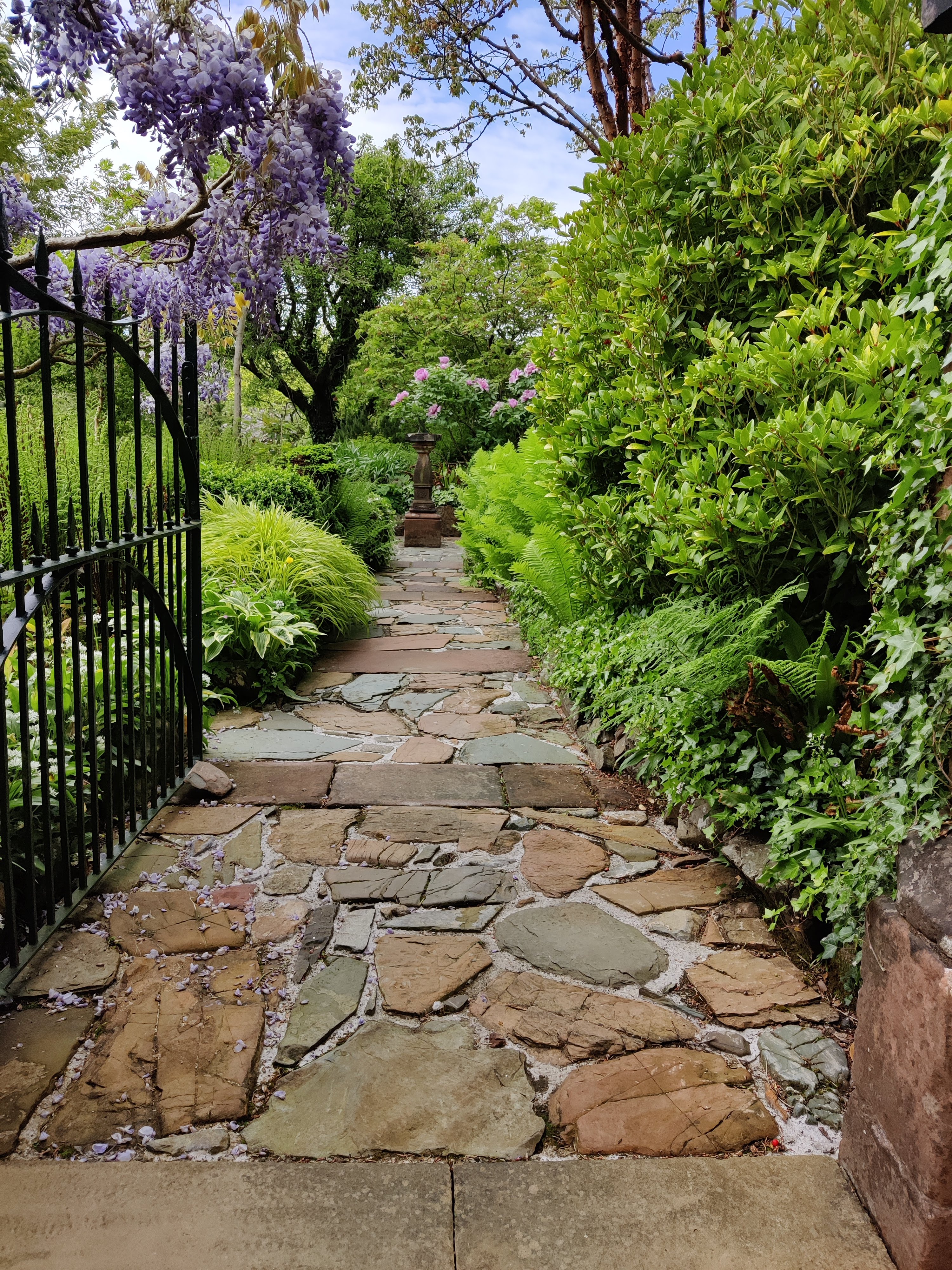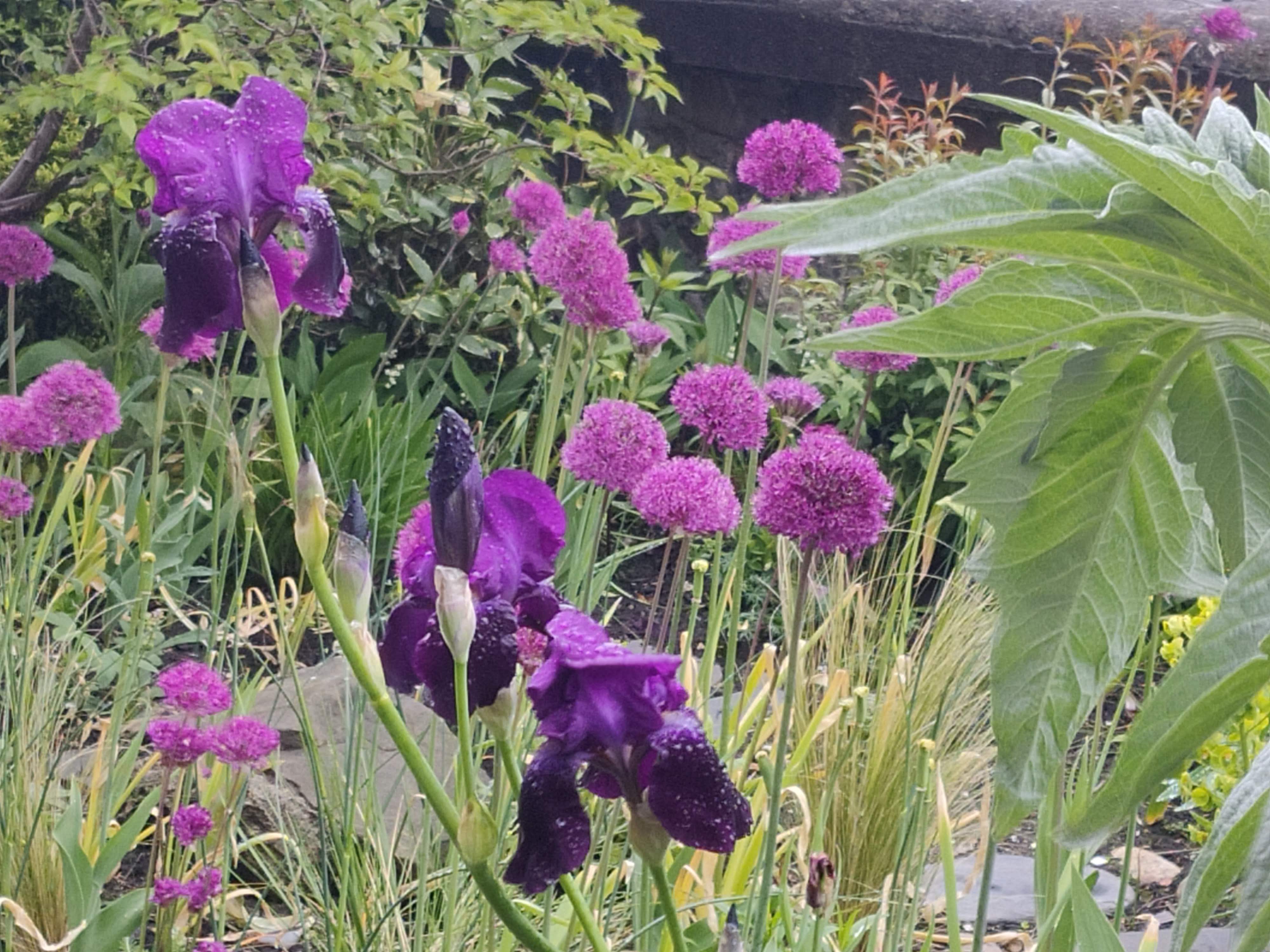We all love the seaside, but do our plants?
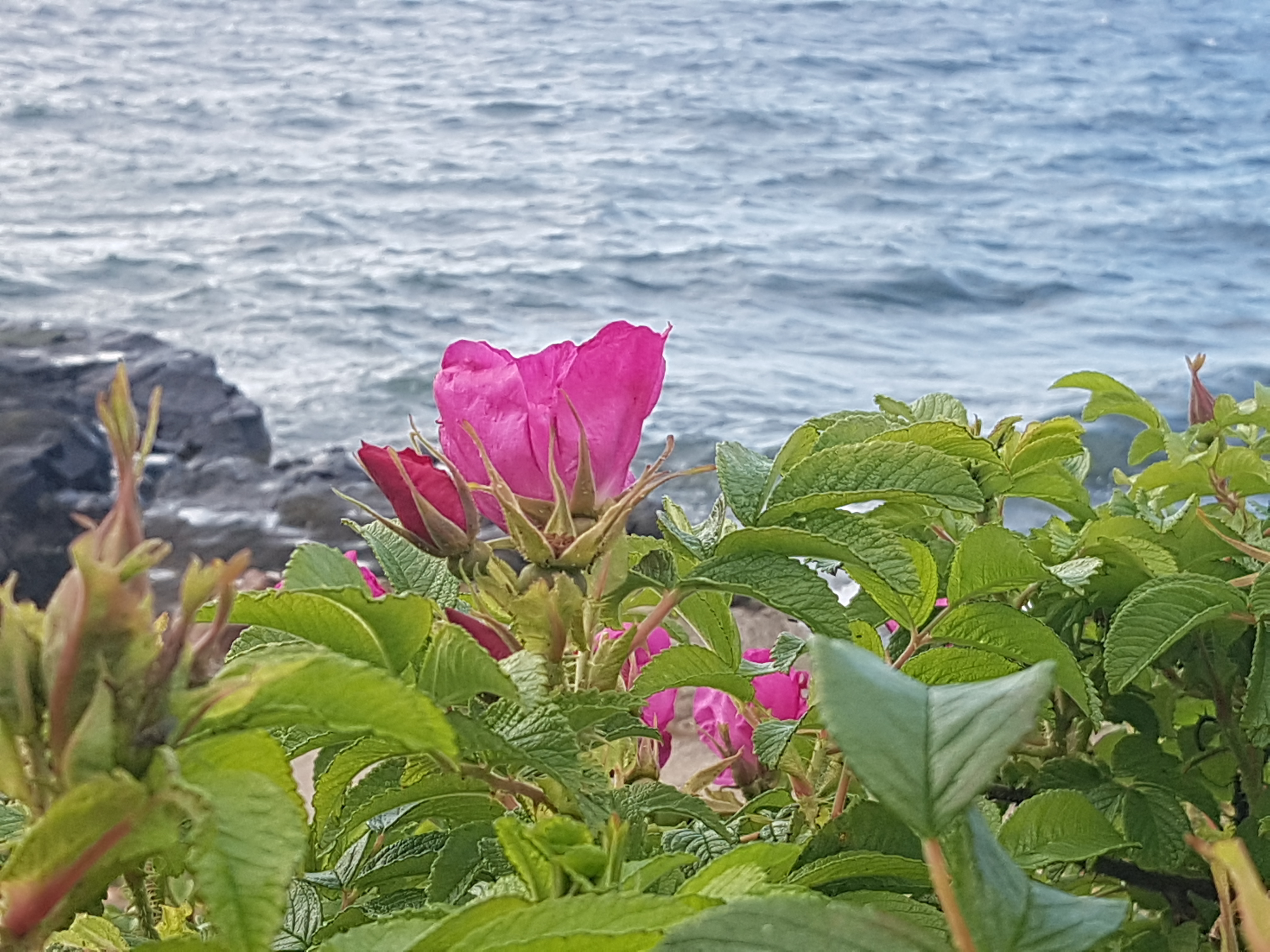
Making a successful coastal garden is all about managing the conditions.
The main problem that faces a coastal garden is the wind, not only its strength and the drying effects this has on plants but also the salt carried in the wind.
Here are some tips for making the most of your coastal garden.
Create shelter belts
Creating shelter belts in the garden will make a difference for you and the plants.
You can do this through stone walls, glass balustrades, hedges, fences, or careful placement of large rocks or shrubs.
This little bit of shelter can provide a place for you to sit out of the wind and shelter to help plants establish.
Pick materials that will last and weather, that also fit with the style of the garden and house.
A stone wall will last a lot longer than a wooden fence, which will also need regular protection.
If planting a hedge, pick your hedging plants that can cope with salty winds for example escallonia is a good choice for a hedge at the coast.
I have seen escallonia cope with the extreme winds of the Outer Hebrides.
Understand your climate
Coastal gardens in the UK often benefit from slightly milder winter temperatures than inland gardens, this can open up plants choices of less hardy plants like; pittosporum, or palms like cordyline australis.
Know your soil
If your garden is really near the sea you may have very sandy soil, which is free draining. Sandy soils often leach nutrients, so make sure you know your soil type and choose plants that like those conditions.
Regular mulching is a great way to improve nutrients and moisture retention and dried seaweed is a great free resource for this.
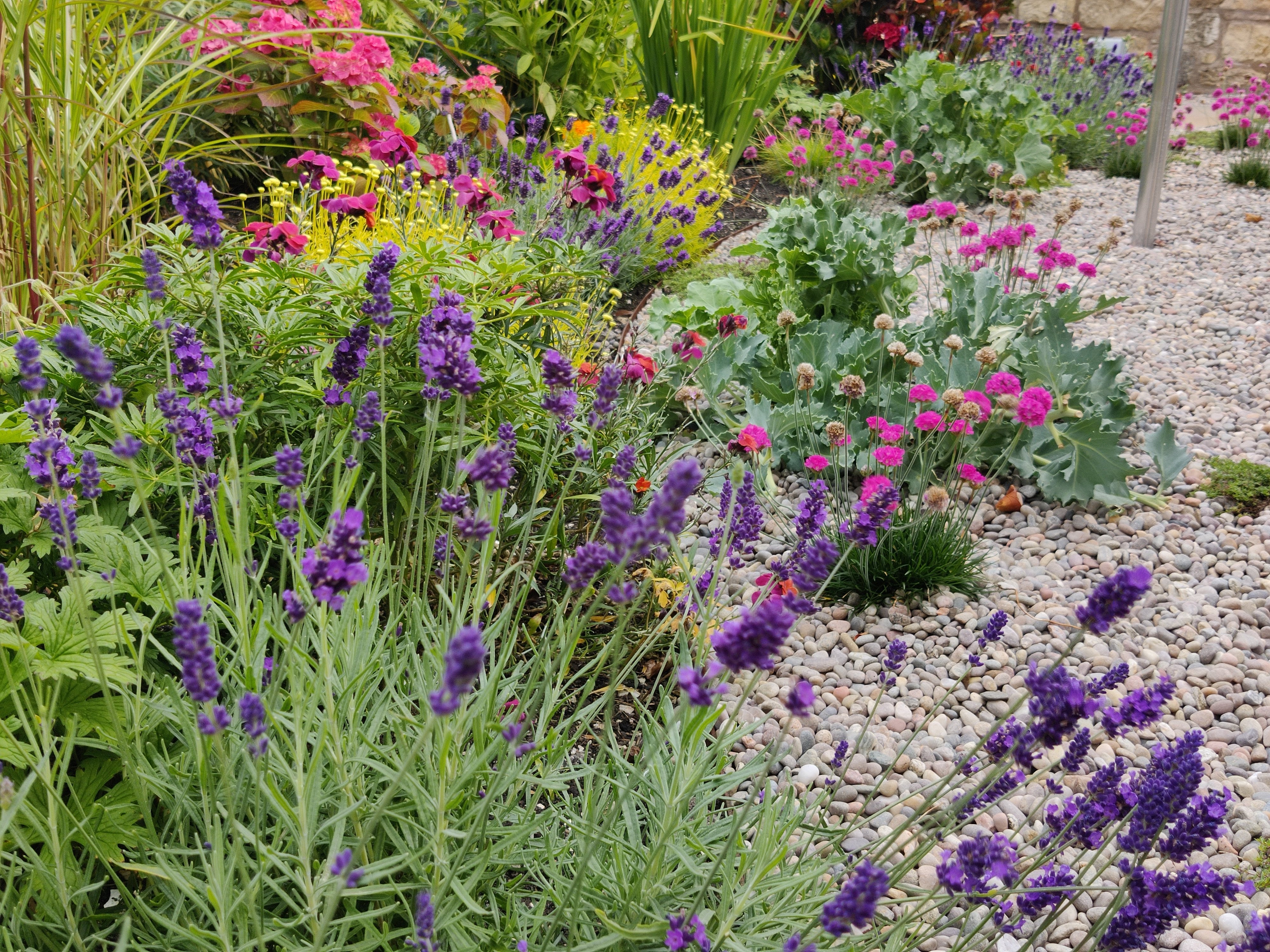 Lavandula angustifolia, Crambe maritima with armeria maritima
Lavandula angustifolia, Crambe maritima with armeria maritima
Always pick plants that thrive in your soil types, so if you have free-draining sandy soil go for plants that will cope with dry conditions.
Plants such as Erigeron (sea holly) or even Lavandula angustifolia (lavender) both like it dry and can cope with windy conditions due to the glaucous (grey) foliage.
Choose salt-tolerant plants
Research plants that will cope with a coastal situation, and observe which plants thrive in your neighbour’s gardens.
Plants that often do well are plants that have coping methods for wind.
Grasses do well in coastal gardens as well as Cortaderia selloanna (pampas grass) and Phormiums.
Pines also cope with windy conditions as do some other coniferous shrubs.
Perennials such as Crocosmia, Achilliea and Phlomis are all good perennials for windy locations.
Another option for windy conditions is to choose low-growing alpine plants, as their growth habitat makes them better at coping with the conditions. For example, Armeria maritima (sea thrift) is ideal.
Some bulbs will also do well at the coast like narcissus (daffodil).
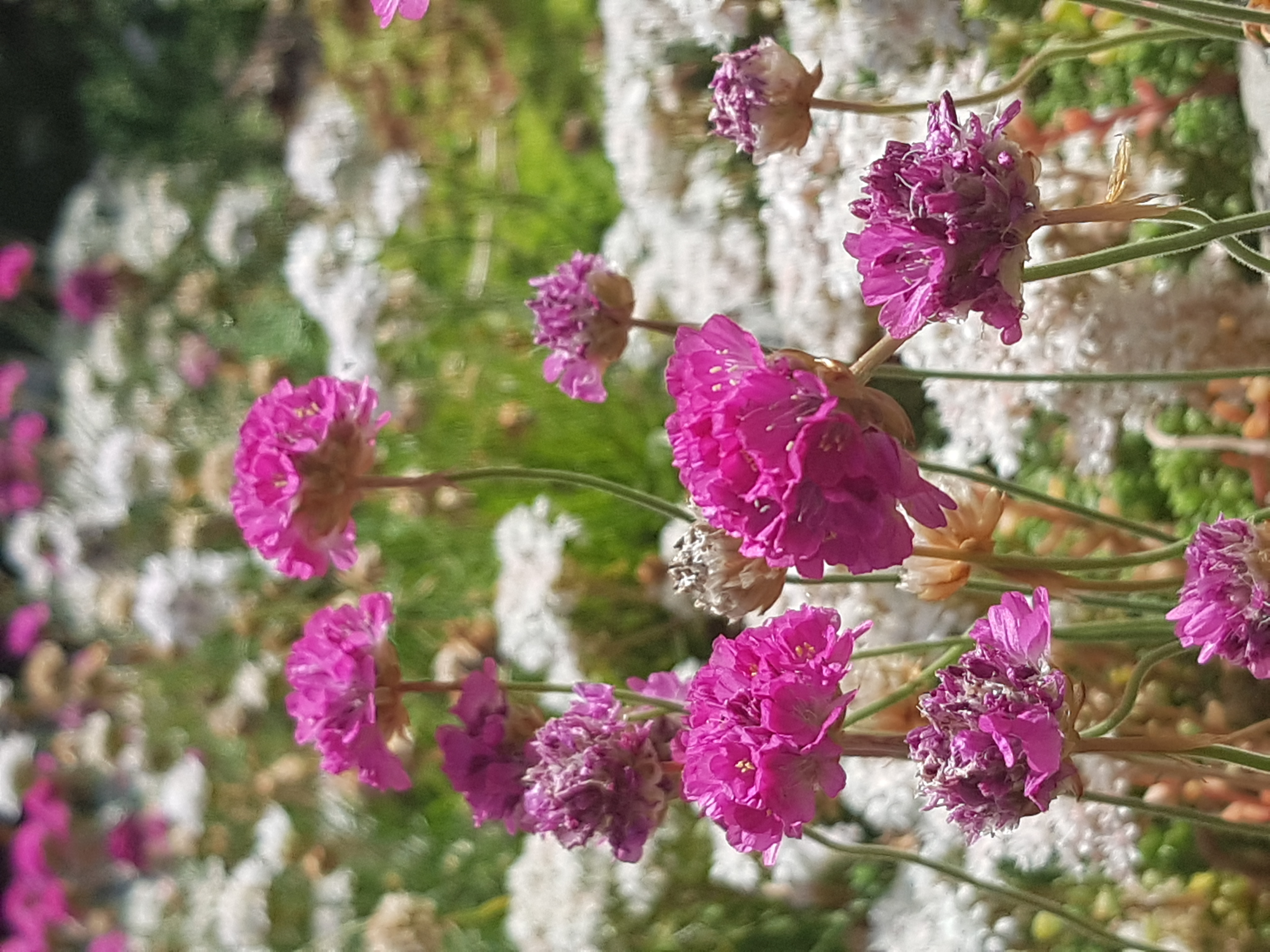 Armeria maritima
Armeria maritima
With a little bit of research, or help from a professional garden designer you can make a beautiful coastal garden by picking the right materials and plants to enjoy your coastal garden location.
Blackwood Gardens is a garden design studio in East Lothian. Anna is the founder and designer at Blackwood Gardens, she has a wide horticulture knowledge and loves the sea, having been brought up in a coastal town and spent a lot of time on the water sailing.


